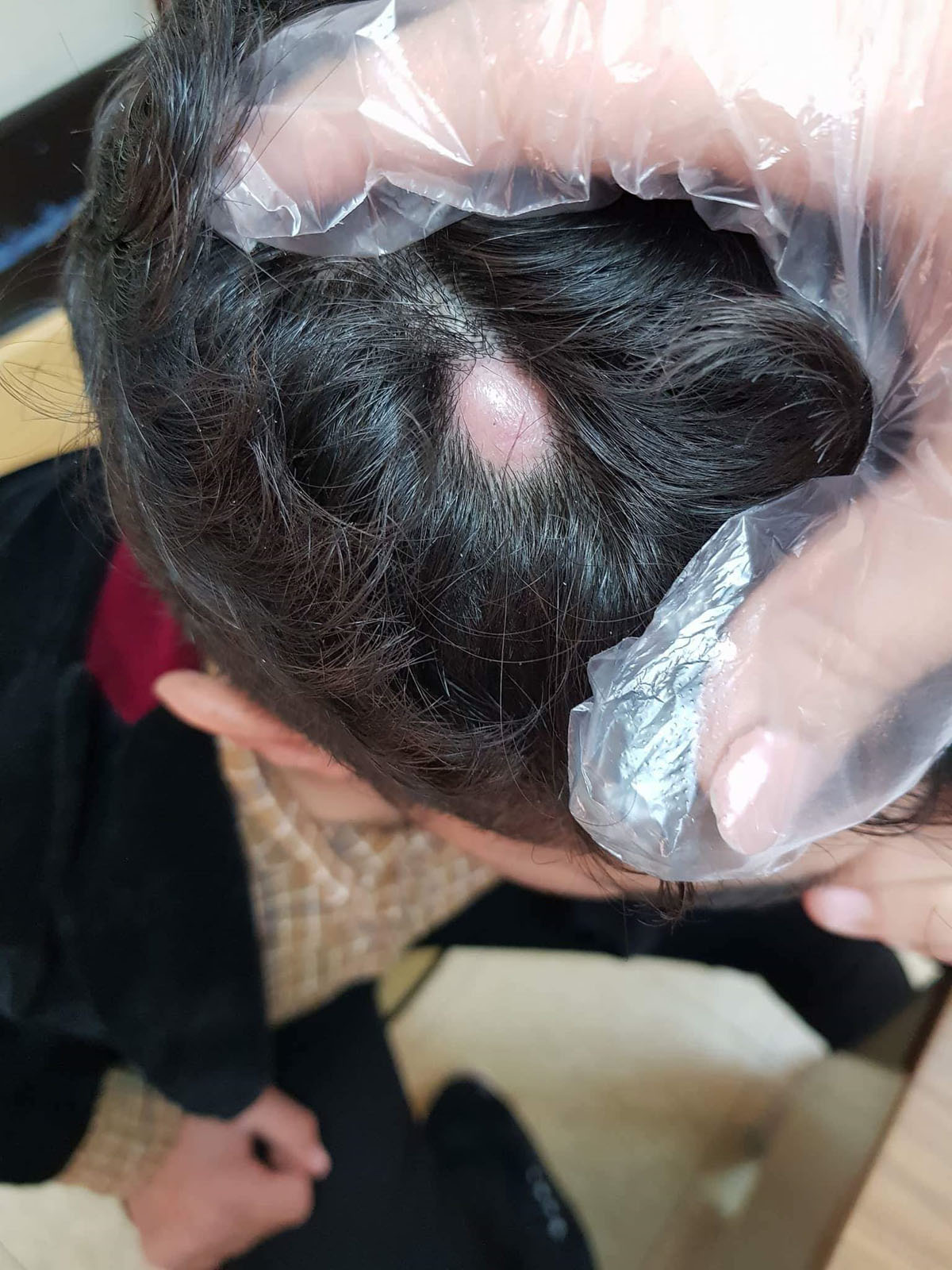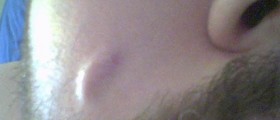
Most tumors of the hand are found to be benign. In fact, 95 percent of them will not be malignant.
About 60 percent of these benign tumors are referred to as ganglion cysts.
The theory is that the ganglion is a degeneration of the mucoid connective tissue.
There are many ways to treat, from non-surgical treatments, to arthroscopic surgery and open surgery, however the arthroscopic surgery seems to be the best, because it has shown the best results in making sure that the ganglion cyst does not come back.
In the early stages when the ganglion wall is thin, the cyst can actually be compressed manually with the fingers until it bursts, after which the fluid inside is absorbed back into the body.
A more invasive approach is called a cyst puncture. It is not widely used, however, even though it has a cure rate of 95 percent. In this procedure, a suture is passes through the skin and goes right through the cyst and is then left there for three weeks. This is probably avoided in many cases because the long period of keeping the suture in the hand probably drastically increases the chance of infection.
There are surgical methods for treating the cyst as well. The preferred treatment is usually open removal. Arthroscopy offers less risk of postoperative complications, however.
No mater what form of surgery is preferred, it is very important to completely remove the cyst from the origin to reduce chances of it coming back.
When the entire cyst has been removed, there has been a rate of recurrence of in between 13 and 40 percent.
When compared to open surgery, arthroscopy uses smaller incisions and leaves smaller scars. It also gives the doctor better vision and allows other intra-articular pathologies to be identified more readily.
A brief period is also recommended after all kinds of therapy. The period should last in between three and seven days. Many doctors believe that wrist motion within the first three or five days following the surgery can prevent later stiffness.
As far as the complications are concerned, there could be certain vascular complications, since this area is very sensitive and has many radial and ulnar neurovascular bundles.
Once the operation is completed and the cyst has been successfully removed, there are some postoperative guidelines that should be followed. For both open and arthroscopic wrist procedures, brief immobilization is recommended, however early motion should provide the patient with comfort and prevent wrist stiffness.
Once a mucous cyst has been removed, immobilization is not necessary unless there was harm done to the extensor tendon.

















Your thoughts on this
Loading...